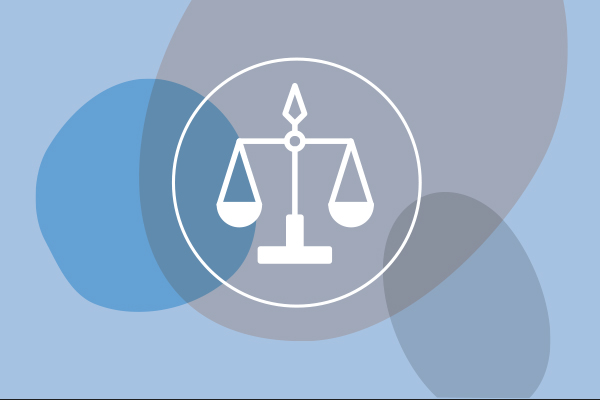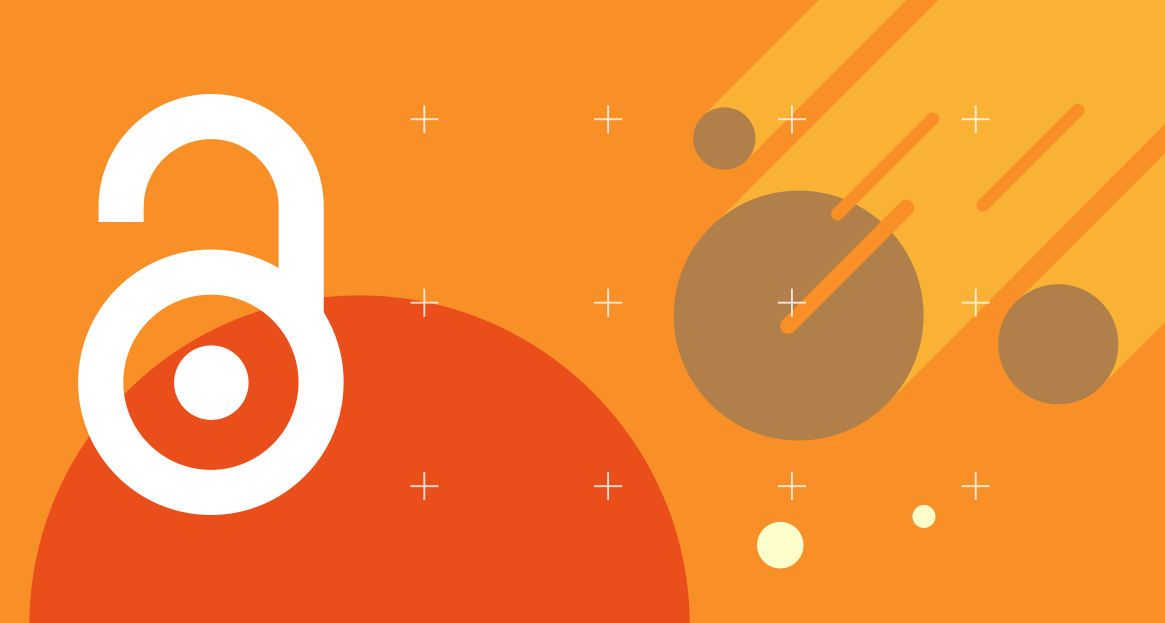Submissions to RNAAS should be brief communications — 1,500 words or fewer, with no more than a single figure or table (but not both) — and should be written in a style similar to that of a traditional journal article, including references, where appropriate. Please note that RNAAS style for single author papers is first person singular – ‘I’ not ‘we’.
The 1,500 word count limit includes title, headers, captions, and references with 150 words reserved for the required abstract. Easy though not entirely foolproof ways to count the number of words in a Research Note are to use the texcount utility installed with most LaTeX installations, or by copying the words into MS/Word and using ”Word Count” under the Tool tab. The command-line call texcount -v3 -merge -incbib -dir -sub=none -utf8 -sum rnaas.tex includes the option to pick up references and provides a nice, color-coded visual summary of which words are included in the count. Also note that this texcount command will be inconsistent with the final word cound because it includes authors and affiliations while it often poorly parses equations and macros. Additional, alternative word counting tools include our “Quanta Calculator“, which is designed for the main journals; it will provide a lower limit to the count becuase it does not include references. While the builtin Overleaf word count tool produces a result consistent with our recommended texcount (it is the same basic command), Overleaf does not count references, leading to an undercount (See their FAQ to configure the word count to include references). As a result of these differing approximations to the word count, the AAS Editorial office’s word count is the final arbiter of the limit.
Authors are expected to follow the Professional and Ethical Standards for the AAS Journals (Kennicutt et al. 2006), including guidance on plagiarism (Vishniac 2012).
Research Notes are published as they are submitted, with no further language review or production services. Our priority for Research Notes is fast circulation of knowledge, and this process means they can be published as quickly as possible. It does mean that typos and other such errors will be published if they appear in the original submission.
A limit of twenty Notes in any calendar year by a given first author will be applied.




